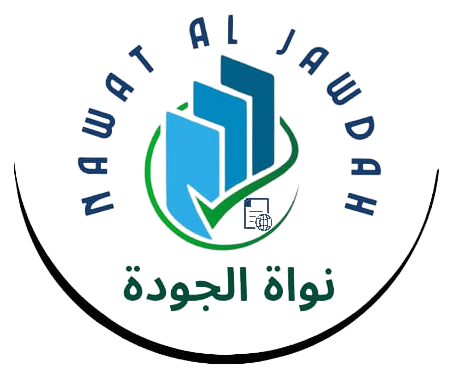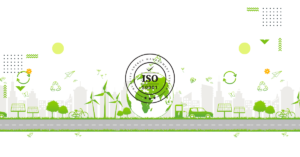Certifications for Food and Safety: Ensuring Quality and Trust
Food safety is a critical concern for businesses involved in the food production, processing, and distribution industry. Certifications for food and safety provide a framework for maintaining high standards of quality, hygiene, and compliance with regulations. This blog explores the essential certifications for food safety, their benefits, and how businesses can achieve them.
Why are Food and Safety Certifications Important?
Food safety certifications are vital for protecting public health, ensuring compliance with legal requirements, and enhancing consumer trust. These certifications help organizations:
- Prevent foodborne illnesses and contamination.
- Ensure consistent product quality.
- Meet international trade requirements.
- Build a competitive edge in the marketplace.
Key Certifications for Food and Safety
- ISO 22000: Food Safety Management Systems (FSMS)
- Provides a framework for identifying and controlling food safety hazards.
- Integrates the principles of Hazard Analysis and Critical Control Points (HACCP).
- Applicable to all organizations in the food chain, from farm to fork.
- HACCP (Hazard Analysis and Critical Control Points)
- A systematic approach to identifying, evaluating, and controlling food safety hazards.
- Focuses on critical points in the production process where risks can be mitigated.
- Recognized globally as a fundamental food safety standard.
- BRCGS (British Retail Consortium Global Standards)
- Focuses on quality, safety, and operational criteria.
- Ensures compliance with legal obligations and protects consumers.
- Widely used by suppliers and retailers around the world.
- FSSC 22000 (Food Safety System Certification)
- Combines ISO 22000 and sector-specific technical standards.
- Recognized by the Global Food Safety Initiative (GFSI).
- Suitable for large-scale food manufacturers and suppliers.
- SQF (Safe Quality Food)
- A globally recognized standard for food safety and quality management.
- Ensures compliance with both food safety regulations and customer requirements.
- Covers primary production, manufacturing, and distribution.
- GlobalG.A.P.
- Focuses on good agricultural practices for farms.
- Ensures safe and sustainable agricultural production.
- Recognized by major retailers and traders worldwide.
- IFS (International Featured Standards)
- It focuses on food safety and quality of processes and products.
- Ensures transparency and comparability throughout the supply chain.
- Commonly used in European markets.
- SASO (Saudi Standards, Metrology and Quality Organization)
- Ensures compliance with the Saudi Arabian standards for food safety and quality.
- Covers various aspects, including labeling, packaging, and production standards.
- Mandatory for food products entering the Saudi market, ensuring public health and safety.
Benefits of Food and Safety Certifications
- Improved Consumer Confidence: Certifications assure customers that food products meet stringent safety and quality standards.
- Regulatory Compliance: Helps businesses adhere to national and international food safety laws.
- Enhanced Market Access: Many certifications are prerequisites for entering global markets or partnering with major retailers.
- Operational Efficiency: Streamlined processes reduce waste, improve productivity, and minimize risks.
- Brand Reputation: Demonstrates a commitment to safety and quality, strengthening the brand’s image.
Steps to Achieve Food and Safety Certifications
- Understand the Requirements
- Choose the certification that aligns with your business needs and operations.
- Review the specific requirements and guidelines for the selected certification.
- Conduct a Gap Analysis
- Assess your current processes against the certification standards.
- Identify areas for improvement and develop an action plan.
- Implement a Management System
- Establish policies, procedures, and documentation to meet certification requirements.
- Train employees on food safety standards and best practices.
- Perform Internal Audits
- Conduct audits to ensure compliance with the certification criteria.
- Address non-conformities and implement corrective actions.
- Engage a Certification Body
- Work with an accredited certification body for an external audit.
- Prepare for both documentation review and on-site assessment.
- Achieve Certification
- Successfully pass the audit to receive certification.
- Schedule regular surveillance audits to maintain compliance.
Challenges in Food and Safety Certification
- Resource Constraints: Small and medium-sized businesses may face challenges in allocating time and resources.
- Complex Regulations: Navigating the requirements of multiple certifications can be overwhelming.
- Continuous Improvement: Maintaining compliance requires ongoing monitoring and updates.
Conclusion
Certifications for food and safety are essential for businesses aiming to deliver safe, high-quality products while meeting regulatory and customer expectations. By choosing the right certification and following a structured approach, organizations can ensure compliance, build trust, and achieve sustainable growth. For expert guidance, consider partnering with a professional consultant to simplify the certification process and enhance your food safety standards.






